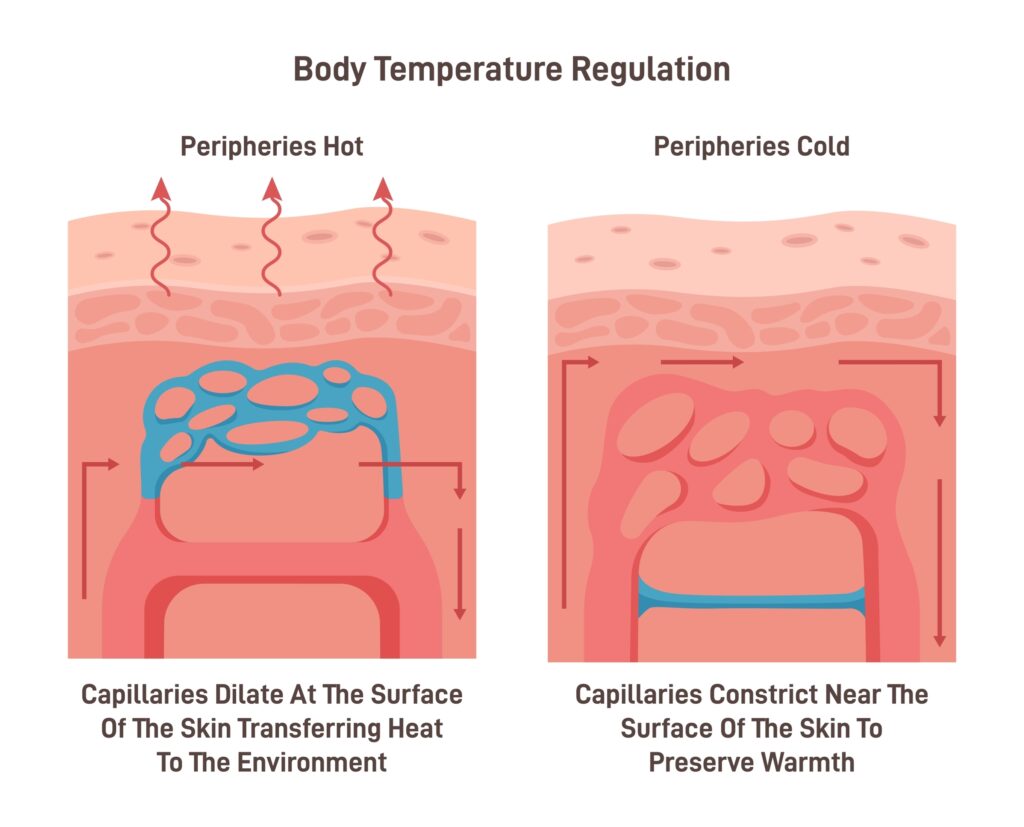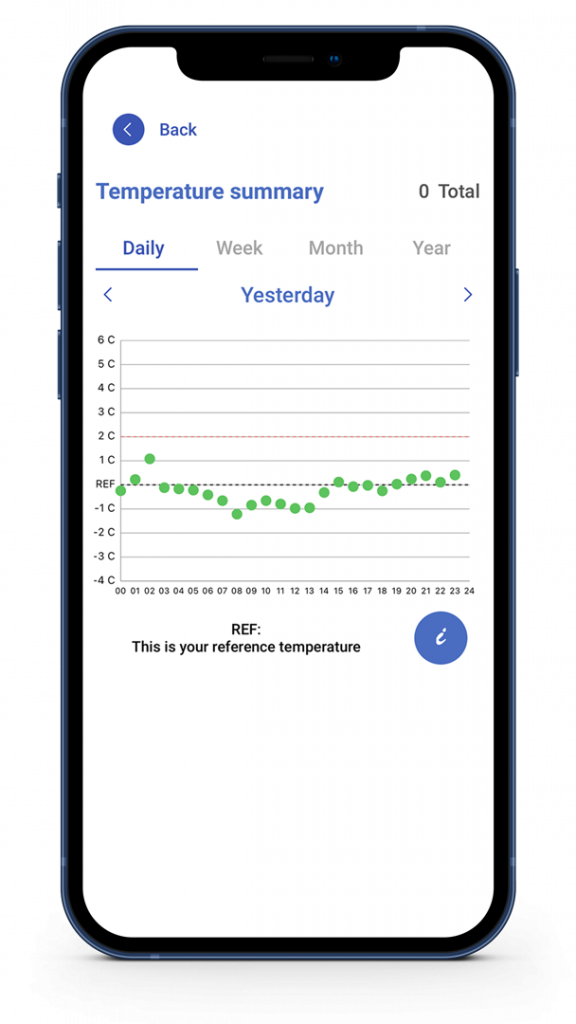Skin temperature, often overlooked in health monitoring, plays a crucial role in understanding our body’s well-being. It serves as a valuable indicator of various physiological processes and can offer insights into our overall health status. Let’s delve into the significance of skin temperature monitoring and how it can contribute to enhancing our quality of life.
Understanding Skin Temperature
Skin temperature refers to the temperature of the outermost layer of our skin. Unlike core body temperature, which remains relatively constant, skin temperature fluctuates based on environmental conditions, activity levels, and circulatory changes. It serves as a window into our body’s thermoregulatory mechanisms, reflecting both internal and external influences.
Difference Between Skin Temp and Core Temp
While core body temperature reflects the internal temperature of our body, skin temperature represents the temperature of the outer surface. According to research published in the Journal of Sport and Health Science, dermal temperature can vary significantly from core temperature, especially during physical activity or exposure to different environmental conditions. For example, during exercise, skin temperature may rise due to increased blood flow to the skin to dissipate heat, while core temperature remains relatively stable.
What is Normal Skin Temperature?

Normal skin temperature varies depending on factors such as age, gender, and location on the body. According to studies cited in the Journal of the American Medical Association, the average dermal temperature ranges between 32°C to 36°C (89.6°F to 96.8°F). However, it’s essential to note that individual variations and environmental factors can influence normal cutaneous temperature readings. Regular monitoring of dermal temperature trends can help establish baseline values for individuals and detect deviations from the norm.
What Does High or Low Dermal Temperature Mean?
High or low skin temperature can indicate various health conditions or environmental factors. A high dermal temperature may suggest fever, inflammation, or increased metabolic activity, while a low dermal temperature could indicate poor circulation, hypothermia, or exposure to cold temperatures. Monitoring changes in skin temperature can provide valuable insights into our body’s physiological state and prompt appropriate interventions when necessary.
How Your Skin Helps Regulate Body Temperature
Our skin plays a vital role in regulating body temperature through processes such as sweating, vasodilation, and vasoconstriction. When our body temperature rises, sweat glands produce sweat, which evaporates from the skin surface, dissipating heat and cooling the body. Additionally, blood vessels in the skin dilate (vasodilation) to release excess heat, while in cold environments, they constrict (vasoconstriction) to conserve heat. This dynamic interplay between the skin and the environment helps maintain thermal equilibrium and ensures optimal functioning of bodily processes.

Importance of Dermal Temperature Monitoring
Monitoring skin temperature is essential for several reasons. Firstly, it can help identify early signs of health issues such as inflammation, infection, or circulation problems. According to a study published in National Library of Medecine, continuous monitoring of dermal temperature can aid in the early detection of diabetic foot ulcers, leading to timely intervention and prevention of complications. Additionally, tracking surface temperature variations can aid in optimizing performance during physical activities and managing stress levels effectively. With the increasing emphasis on preventive healthcare, monitoring cutaneous temperature has become a proactive approach to maintaining optimal well-being.
Monitoring Skin Temperature with GEMA
Introducing GEMA, the innovative wellness tracker, designed to monitor various aspects of wellness, including skin temperature. Utilizing advanced sensors, GEMA provides data on dermal temperature fluctuations, enabling users to gain valuable insights into their body’s responses to different stimuli.

GEMA goes beyond conventional trackers by offering comprehensive insights into wake-up and surface temperature trends. By analyzing these trends over time, users can identify patterns and make informed decisions to improve their overall well-being. Whether it’s optimizing sleep quality, managing stress levels, or enhancing fitness performance, GEMA empowers users to take control of their health journey.
Conclusion
Skin temperature monitoring is a valuable tool in maintaining optimal health and well-being. With GEMA, tracking your surface temperature has never been easier or more insightful. Whether you’re a beginner striving for improvement or someone practicing more regularly committed to living a healthier lifestyle, our platform empowers you to take proactive steps towards a better you. Begin your wellness journey with GEMA today and experience the difference it can make in your life.



